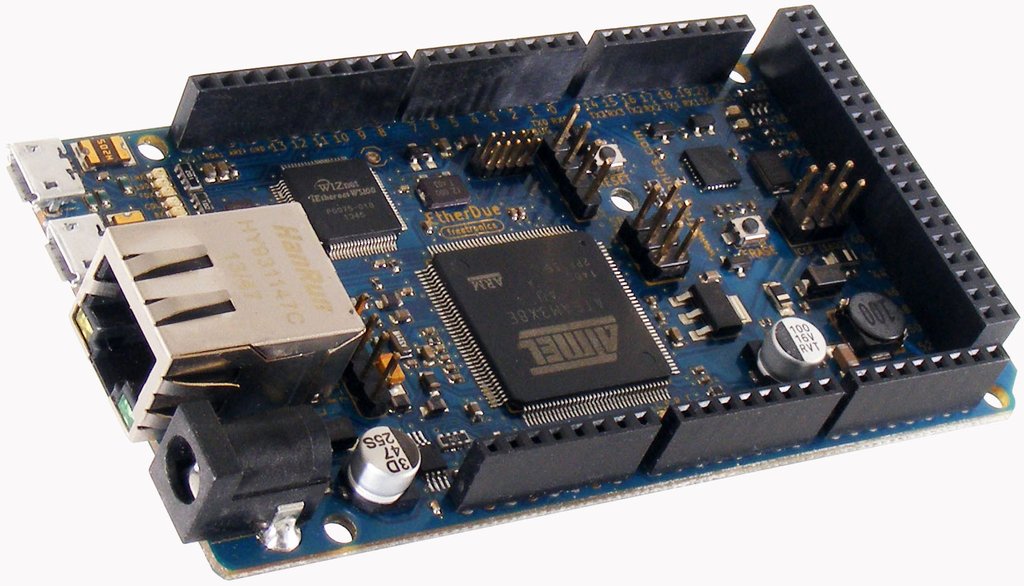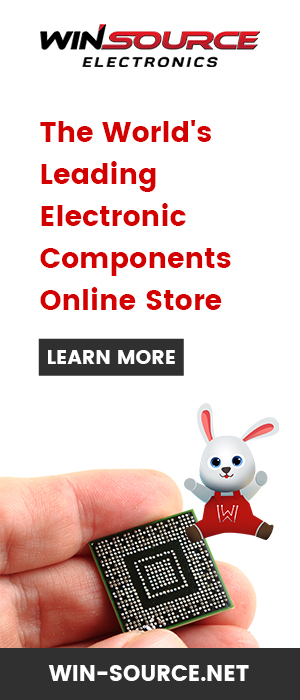Arduino Tutorials

Want to join in with the Arduino craze? I am, in fact, a PIC guy but I myself would agree that learning Arduino is much easier and fun! The Arduino single-board microcontroller begun as a student project in Italy but has now become a worldwide brand. Its strength lies on ease of use, beginner friendliness and massive community support.
Checkout this list of Arduino tutorials I've compiled from my years of project building, trainings and university classes:
[ads1]
Basic
[tie_list type="lightbulb"]
- What is Arduino?
- Arduino Boards
- An Arduino LED Control Tutorial
- Control Servo Motors with Arduino
- Using Sensors With Arduino
[/tie_list]
Interfacing and Communications
[tie_list type="lightbulb"]
- Adding Bluetooth to Arduino
- Serial Communications
- What is I2C?
- What is SPI?
- Using SIM800L with Arduino
- Using the SIM900A GSM Module with the Arduino
- Arduino GPRS Tutorial
- Determining Location Using GPS
- Arduino Relay Module Tutorial
- Arduino NRF24L01 Interfacing Tutorial
- How to Use the E32-TTL-100 SX1278 LoRa Module
[/tie_list]
Displays
[tie_list type="lightbulb"]
[/tie_list]
Sensors
[tie_list type="lightbulb"]
- How to Use a Flex Sensor
- How the DHT22 Sensor Works
- Arduino BMP085 Tutorial
- Arduino Compass with HMC5883L Magnetometer
- Get Orientation with Arduino and MPU6050
- How to Use ADXL345 Accelerometer with Arduino
- How to Use the MQ-3 Alcohol Sensor
- LPG Sensor with MQ-6 and Arduino
- How to Use the MQ-7 Carbon Monoxide Sensor
- MQ-135 Air Quality Sensor Tutorial
- How to Use Load Cell with HX711 and Arduino
- How to Use the MAX30100 as Arduino Heart Rate Sensor
- Arduino Current Sensor Tutorial
- Arduino Magnetic Sensor Using Hall Effect
- A Better Arduino Color Sensor using TCS230
- Using an Arduino Turbidity Sensor
- Vibration Sensor Tutorial
- HC-SR04 and Arduino Interfacing Tutorial
- How to Use a Microphone with Arduino
- Detect Objects with Camera and Arduino
- Arduino Camera (OV7670) Tutorial
- Creating a Simple Arduino Fire Detector
- Using a Water Level Sensor with Microcontrollers
- Building an Arduino Water Flow Meter
- How to Use Soil Moisture Sensor
[/tie_list]
Advanced
[tie_list type="lightbulb"]
[/tie_list]
I see to it that these tutorials are different from the rest; we begin with how the Arduino should be used and then do some advanced stuffs that only pro-makers would know. I believe that the best way to learn Arduino is by building projects so I have fun coding and building!




